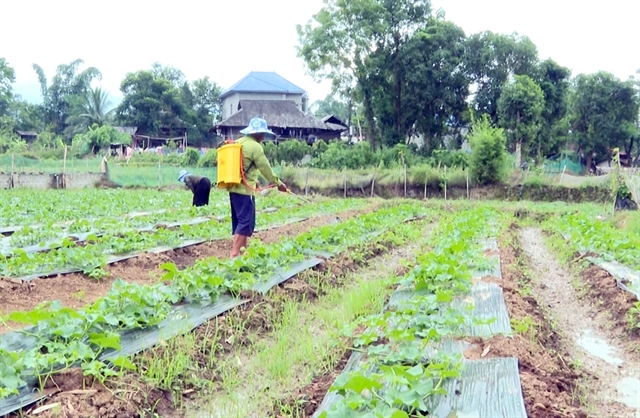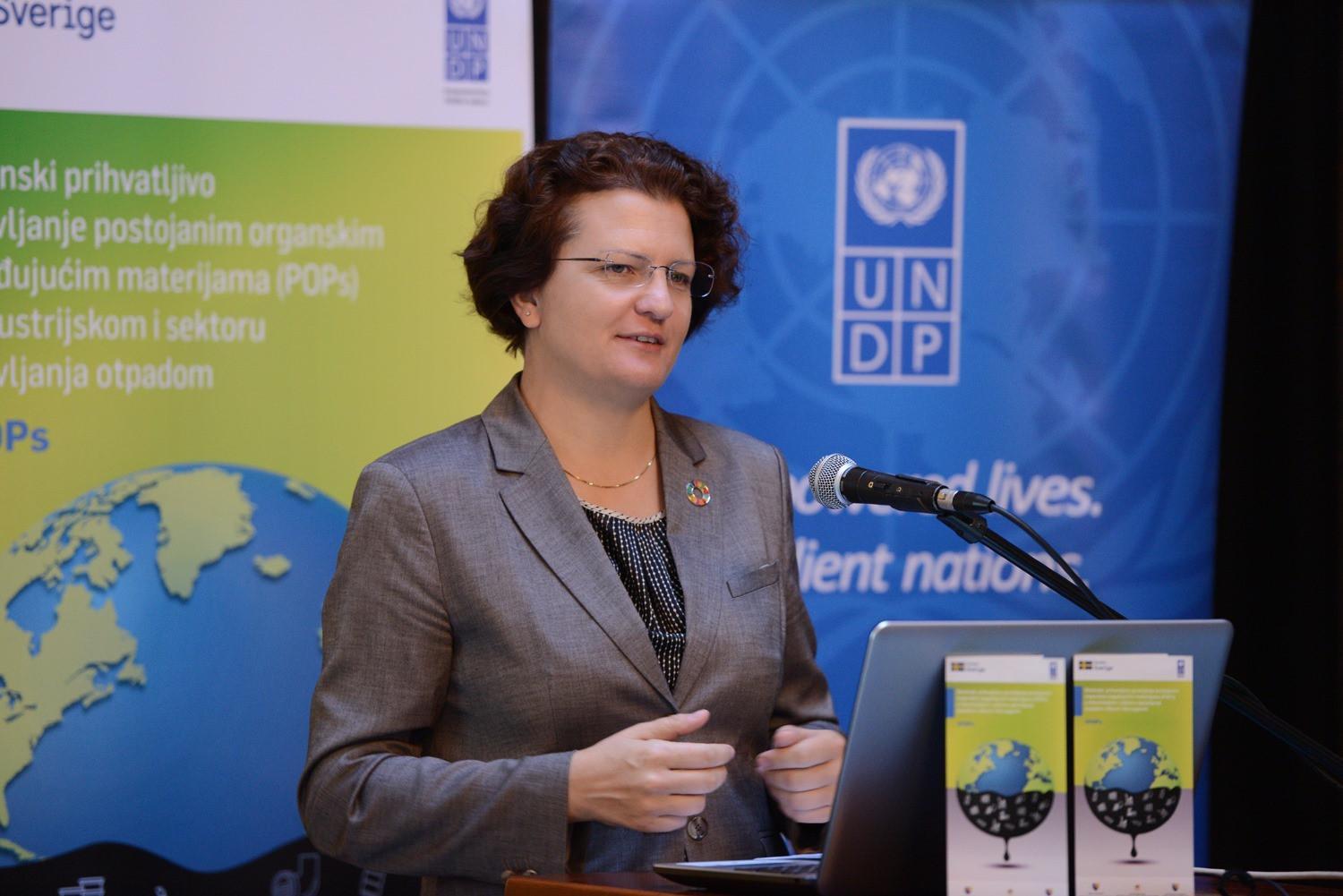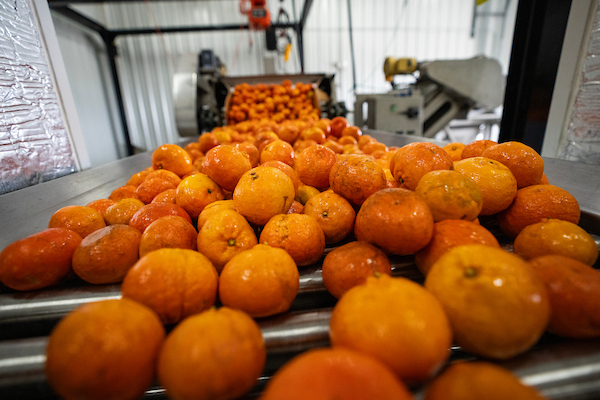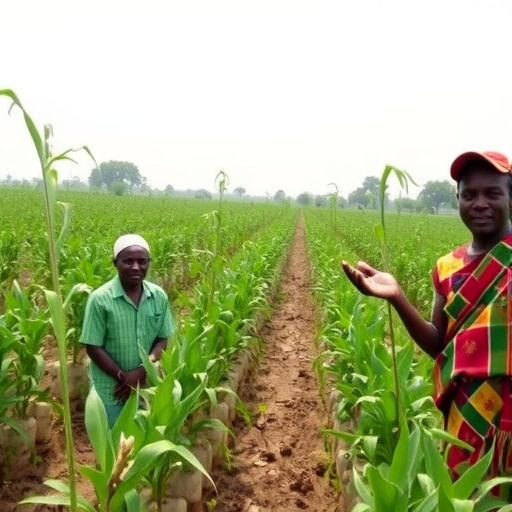The Social Justice Fund & New York City Public Schools Launch The Max Roach Music Project – WBGO

The Max Roach Music Project: Advancing Sustainable Development Goals Through Arts Education
Project Overview and Strategic Partnerships (SDG 17)
A new initiative, The Max Roach Music Project, has been launched to integrate music education and social justice within New York City’s public school system. This project represents a significant multi-stakeholder partnership, aligning with Sustainable Development Goal 17 (Partnerships for the Goals), by bringing together diverse entities to achieve common objectives. The collaboration commemorates the centennial of Max Roach’s birth, leveraging his legacy as a cultural innovator and civil rights advocate.
- Lead Organizers: The Social Justice Fund
- Key Partners: The Fund for New York City Public Schools, New York City Public Schools Arts Office
- Curriculum and Content Collaborators: The Max Roach Estate, Jazz House KIDS
The project’s core mission is to provide a rigorous educational framework that uses music as a vehicle for social transformation, directly contributing to a more just and inclusive society.
Fostering Quality Education and Reducing Inequalities (SDG 4 & SDG 10)
The Max Roach Music Project is fundamentally aligned with SDG 4 (Quality Education) and SDG 10 (Reduced Inequalities) by expanding access to high-quality arts programming. An inaugural pilot program has been established in seven Brooklyn middle and high schools, selected for their demonstrated commitment to arts and social justice.
- Brooklyn High School of the Arts
- Edward R. Murrow High School
- Fort Hamilton High School
- IS 318 Eugenio Maria de Hostos
- East Williamsburg Scholars Academy
- The High School for Business, Enterprise, and Technology
- PROGRESS High School for Professional Careers
A key strategy for reducing inequality is the project’s planned citywide expansion, which will prioritize schools with limited or non-existent music and arts programs. This ensures that educational opportunities are distributed equitably. As stated by Schools Chancellor Melissa Aviles-Ramos, “This initiative gives our students a powerful framework to explore their creativity and find their voices through music.”
Curriculum and Implementation Framework
The project’s implementation strategy focuses on building sustainable educational capacity. Since September 2025, teachers from the pilot schools have undergone professional development training led by Jazz House KIDS. This training prepares educators to deliver a robust curriculum centered on music theory, history, and performance, thereby enhancing the quality of instruction (SDG 4).
- Teacher Professional Development: Initiated September 2025
- In-School Program Launch: February 2026
- Student Mentorship: Coaching by professional musicians
- Culminating Event: A final performance at Barclays Center in Spring 2026
The curriculum is enriched with authentic resources, including audio-visual materials and cultural context documents, to ensure a comprehensive and impactful learning experience for students.
Promoting Justice and Inclusive Communities (SDG 16 & SDG 11)
By centering on the life and work of Max Roach, the project actively promotes the principles of SDG 16 (Peace, Justice, and Strong Institutions). It uses his legacy to teach students about the power of art as a tool for social commentary and change. This model follows the successful precedent of the Basquiat Project, which has expanded arts education across 75 schools.
The initiative also contributes to SDG 11 (Sustainable Cities and Communities) by strengthening the cultural fabric of Brooklyn and fostering community engagement. The culminating concert at Barclays Center will serve as a platform for students to showcase their work, bringing together families, partners, and community members to celebrate youth talent and local heritage. Dara Roach, representing the Roach family, noted that the project fulfills her father’s dream of establishing a school “where music could be a force for change,” thereby inspiring “a new generation to learn, create, and lead with purpose.”
Analysis of Sustainable Development Goals in the Article
1. Which SDGs are addressed or connected to the issues highlighted in the article?
-
SDG 4: Quality Education
- The article focuses on “The Max Roach Music Project,” an initiative aimed at integrating music education into public schools. This directly supports the goal of ensuring inclusive and equitable quality education by providing a “rigorous initiative” and “robust curriculum” that centers on “music theory, history and performance.” The project enhances the educational experience for students in New York City public schools.
-
SDG 10: Reduced Inequalities
- The project has a strong social justice component, commemorating Max Roach’s legacy and his “impact on civil rights.” By integrating social justice themes into the curriculum, it aims to educate and empower students. Furthermore, the plan to expand the program citywide, “prioritizing schools with limited music or arts programming,” is a direct effort to reduce inequalities in access to arts education among different schools and communities.
-
SDG 16: Peace, Justice and Strong Institutions
- The initiative is explicitly designed to integrate “music education and social justice.” By focusing on Max Roach’s contributions to civil rights and cultural innovation, the project promotes the values of justice and human rights. It uses education as a tool to build a more just society by inspiring a “new generation to learn, create, and lead with purpose,” which aligns with fostering peaceful and inclusive societies.
-
SDG 17: Partnerships for the Goals
- The article highlights a multi-stakeholder collaboration as the foundation of the project. It is a joint effort by “The Social Justice Fund, in collaboration with the Fund for New York City Public Schools, and New York City Public Schools Arts Office,” along with the “Max Roach Estate” and “Jazz House KIDS.” This exemplifies the spirit of SDG 17, which encourages partnerships between public, private, and civil society organizations to achieve sustainable development goals.
2. What specific targets under those SDGs can be identified based on the article’s content?
-
Under SDG 4 (Quality Education):
- Target 4.7: “By 2030, ensure that all learners acquire the knowledge and skills needed to promote sustainable development, including, among others, through education for… human rights… promotion of a culture of peace and non-violence… and appreciation of cultural diversity and of culture’s contribution to sustainable development.” The project’s curriculum, which combines music with social justice and civil rights history, directly contributes to this target by educating students on cultural heritage and human rights.
-
Under SDG 10 (Reduced Inequalities):
- Target 10.3: “Ensure equal opportunity and reduce inequalities of outcome…” The article states that after the pilot phase, “The program is set to expand citywide, prioritizing schools with limited music or arts programming.” This is a clear strategy to reduce the inequality of educational opportunities in the arts, ensuring that students in underserved schools have access to high-quality programming.
-
Under SDG 17 (Partnerships for the Goals):
- Target 17.17: “Encourage and promote effective public, public-private and civil society partnerships…” The project is a prime example of this target in action. The article explicitly details the collaboration between The Social Justice Fund, The Fund for New York City Public Schools (a public-private partnership), the NYCPS Arts Office (a public entity), the Max Roach Estate, and Jazz House KIDS (a civil society organization).
3. Are there any indicators mentioned or implied in the article that can be used to measure progress towards the identified targets?
-
Indicators for SDG 4 (Quality Education):
- Curriculum Development and Implementation: The article mentions the creation of a “robust curriculum” that includes “music theory, history and performance,” “audio and video examples, cultural context documents, and creative reflection activities.” The successful rollout of this curriculum across participating schools is a key indicator of progress.
- Teacher and Student Participation: The article states the project will initially involve “seven Brooklyn middle and high schools” and aims to reach “thousands of students.” The number of teachers receiving “professional development training” and the number of students engaged are measurable indicators.
-
Indicators for SDG 10 (Reduced Inequalities):
- Number of Underserved Schools Reached: A direct indicator is the number of schools with “limited music or arts programming” that are included as the project expands citywide. Tracking this expansion would measure the project’s success in reducing educational inequality.
-
Indicators for SDG 17 (Partnerships for the Goals):
- Existence and Function of the Partnership: The article explicitly names the five key partners. The continued collaboration and successful execution of the project, including the culminating performance at Barclays Center, serves as an indicator of an effective partnership.
-
General Project Outcome Indicators:
- Culminating Performance and Student Showcase: The “culminating performance at Barclays Center in Spring 2026” where students will present “interpretations” of Max Roach’s work is a tangible outcome that measures the project’s impact on student creativity and learning.
4. Summary Table of SDGs, Targets, and Indicators
| SDGs | Targets | Indicators |
|---|---|---|
| SDG 4: Quality Education | Target 4.7: Ensure all learners acquire knowledge and skills for sustainable development, including appreciation of culture’s contribution. |
|
| SDG 10: Reduced Inequalities | Target 10.3: Ensure equal opportunity and reduce inequalities of outcome. |
|
| SDG 17: Partnerships for the Goals | Target 17.17: Encourage and promote effective public, public-private and civil society partnerships. |
|
Source: wbgo.org
What is Your Reaction?
 Like
0
Like
0
 Dislike
0
Dislike
0
 Love
0
Love
0
 Funny
0
Funny
0
 Angry
0
Angry
0
 Sad
0
Sad
0
 Wow
0
Wow
0















































































